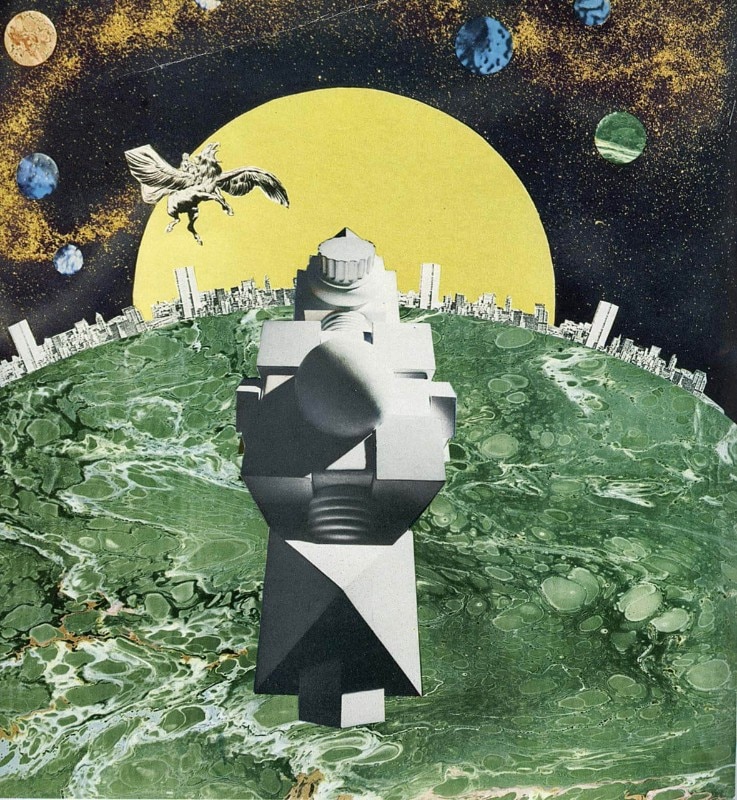In 1965, a group of architecture students – aspiring artists, painters, photographers and filmmakers – founded Studio65 in Turin.
There was a climate of fervor and renewal in Italy, as elsewhere in Europe. The figure of the architect was beginning to change. The architect no longer seemed interested in the functional and technical aspects of the discipline, but rather in the exaltation of its fantastic and visionary features.
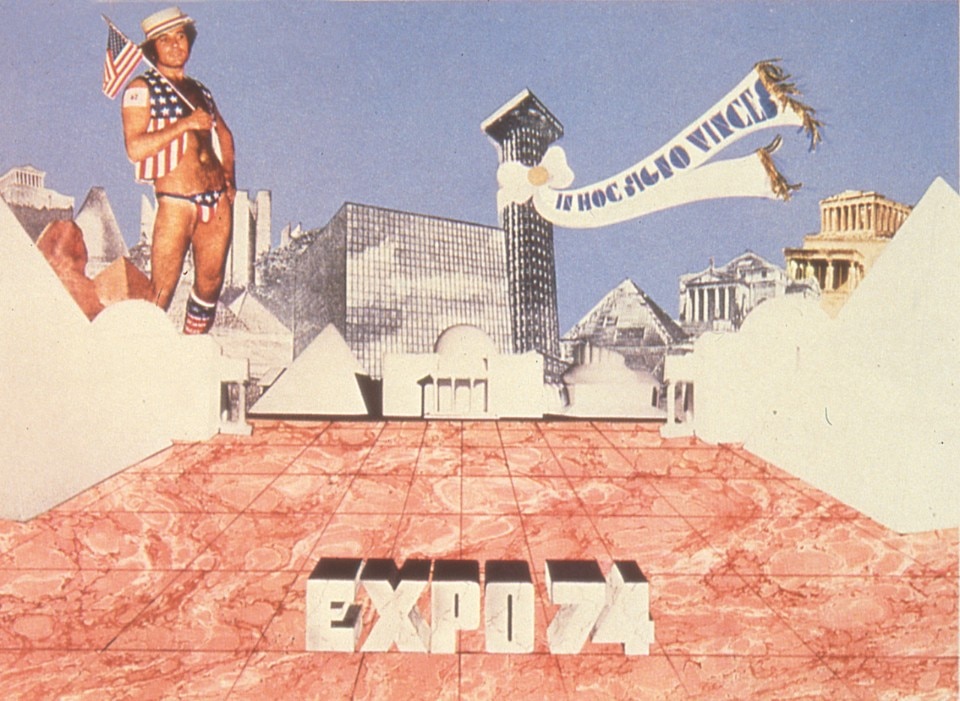
A central role here is played by the influence of art on architecture. During the second half of the twentieth century, the relationship between them experiences a crucial and subversive exploration phase, leading to a critical revision of architecture itself, its role, its forms, its boundaries, and its content.
The conception of a new architecture takes inspiration from what happens to art from the 1950s onward – against the background of the detachment of art with the early 20th century avant-gardes. An architecture that applies artistic methodologies in architectural practice.
In the post-economic boom years, a new idea of architecture focused on the leisure dimension was born. It was born precisely from the desire to separate work time from leisure time. In the early 1960s, analysts expected that most of the workweek would be freed up to its disappearance, leaving room for otium.
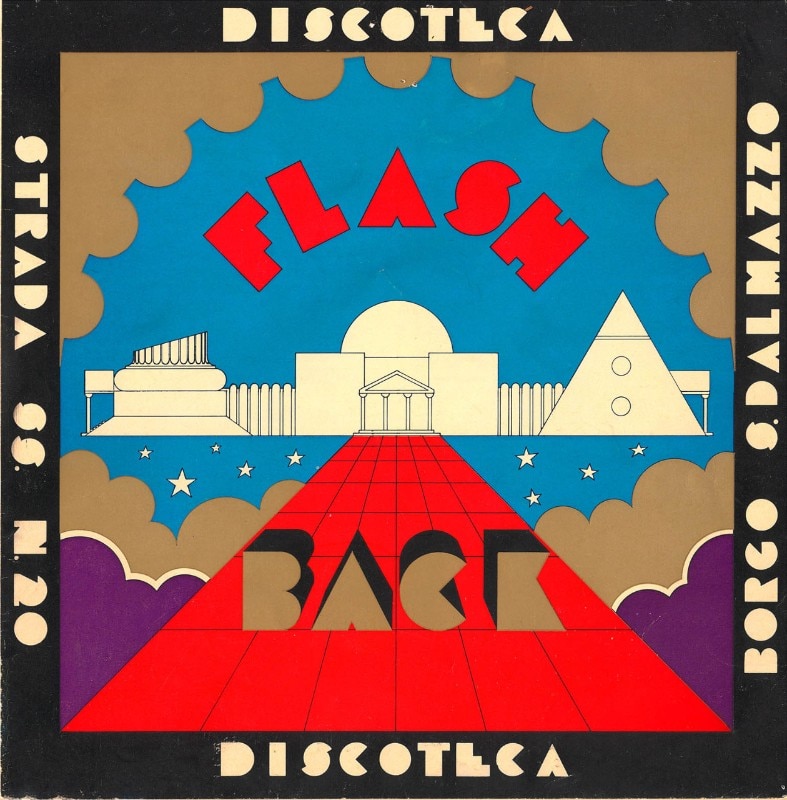
This condition drives the avant-gardes to work on leisure architecture following social acceleration. One of the most famous projects of this period is the Fun Palace, designed in 1961 by Cedric Price and radical theater impresario Joan Littlewood.
The experimental and avant-garde methodology of Studio65 was outlined in this social and cultural context. In 1972, Studio65 designed in the Piedmont area two famous clubs destined to make the history of the Italian dance hall: the Flash Back in Borgo San Mazzo, inside the multipurpose complex La Valle delle Meraviglie, and the Barbarella nightclub in Dubbione di Pinasca.
As it happens with other famous groups – Archigram in England, Superstudio in Italy, to name two exemplary cases – Studio65 applies the methods of the art world in the field of architecture, especially in reference to pop art.
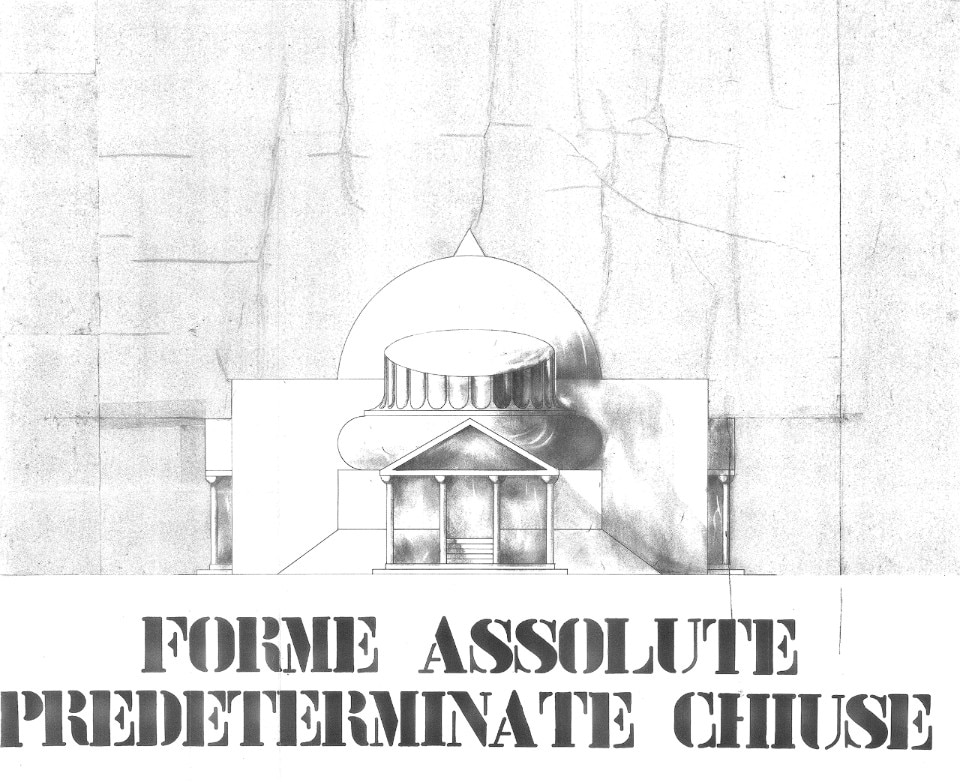
La Valle delle Meraviglie is a project commissioned by a tile dealer from the province of Cuneo. He asks the studio to build his showroom long the highway from Cuneo to France. The objective of the project is perfectly clear: the building is meant to attract the attention of Sunday passersby and to remain imprinted for its Las Vegas-style look. Moreover, Studio65 convinces the client to turn it into an entertainment center — a nightclub. Therefore, they can apply their experimental methods precisely on an architecture that is not only catchy but also related to the pleasure and leisure dimension.

Hence comes a project in which a series of composition methods typical of pop art are consciously used. The attractive charge of its structure and forms has an ironic and demystifying character, just as pop art makes fun of the artificial machine-built scenery of consumer civilization. Studio65 designs an “unprejudiced” building that makes a mockery of the canons and values of architecture. It “proposes, in an apparent formal homogeneity, profoundly discontinuous elements, drawn from codes that are distant from each other, in scales that are inhomogeneous among themselves”.
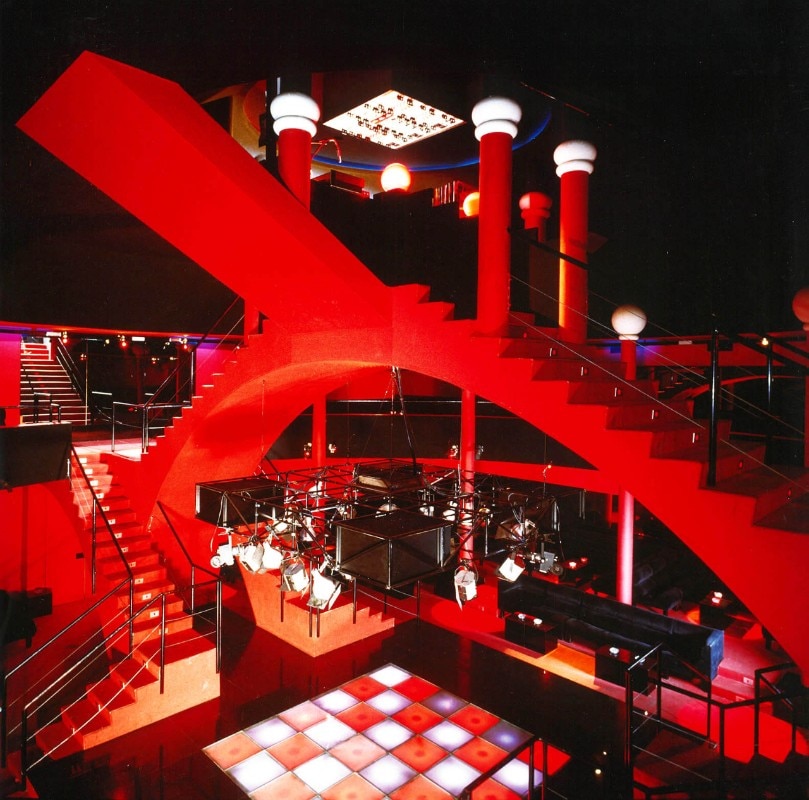
The architect is an artist and “jester of the secular and critical spirit”, mixing the cold cards of a traditionalist past toward a new conception of architectural practice. The result is a Mannerist building, composed of various volumes. Iconic forms of archaic architecture – columns and trabeation of a Greek temple, Egyptian pyramids – are taken up and make an almost explicit reference to the Enlightenment architecture of Ledoux and Boullée.
Transposition of scale, bewilderment, assembly: these are all behaviors characteristic of pop art. Classical and archaic references are taken out of their context, desacralized and transposed into a commercial sphere, linked to the society of mass capitalism.
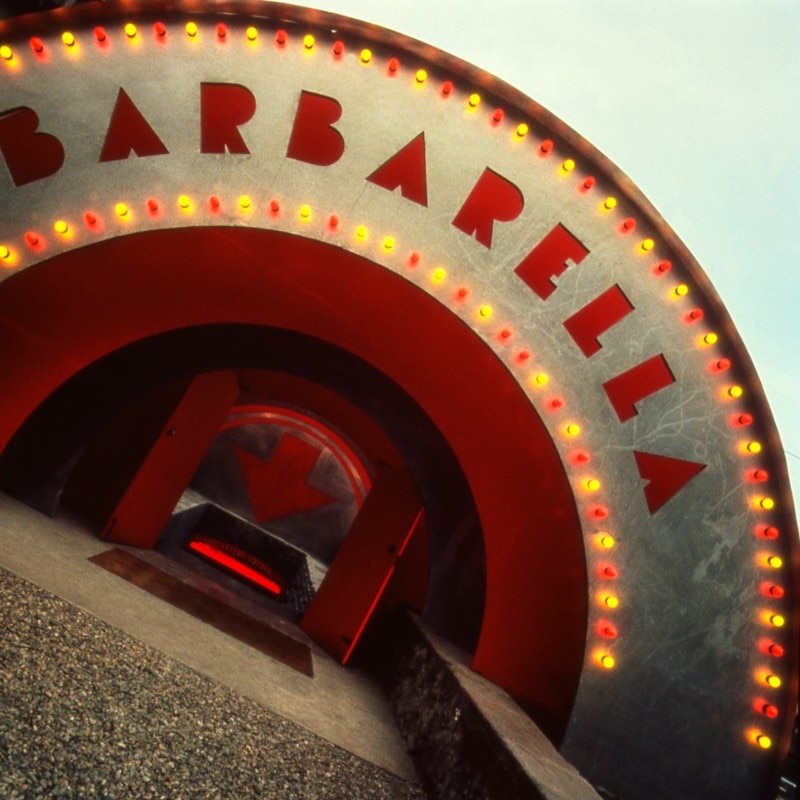
The same methods are applied in designing the Barbarella nightclub in Dubbione di Pinasca, in the Place Pigalle of the pre-Alpine valleys. “Come in, messieurs et madames, to the music-driven shanty – reads their text-manifesto – to see an authentic sidereal fleet, back from millennial voyages, to listen to the melodies of other cosmos, of other planets and star systems flying to the sound of mazurkas, of meteors swaying with the fox-trot. You can sit on the queen spaceship to guide the play of this hallucinated journey, you can perch in the great stadium of the space palace to clap for the love fights [...]”.
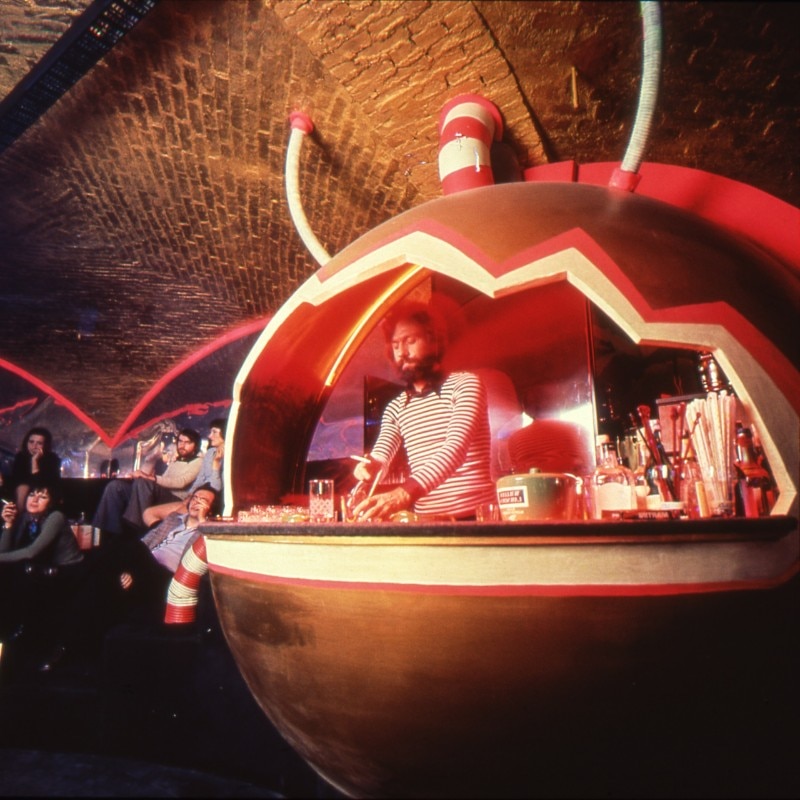
This is how Studio65 describes its project to furnish a nightclub in the Turin area, in 1972 as well. The main theme is the Queen Spaceship, visited during the weekends by local Flash Gordons. The underground venue is accessed through a tunnel from the outside to the underground space, a square space with an amphitheater. The disc-jockey’s booth and the café are two spaceships. The ceiling is “fake” gold, and for tables there are a few segments of an Ionic column, archaeological relics of ancient terrestrial civilizations.
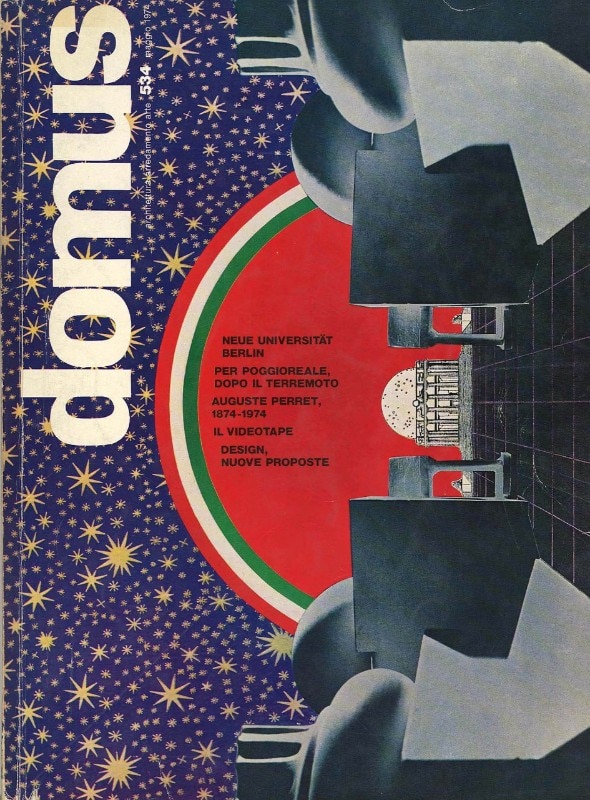
Opening image: Manifesto Valle Delle Meraviglie, Studio65, Expo 1974.
All images courtesy by Studio65


